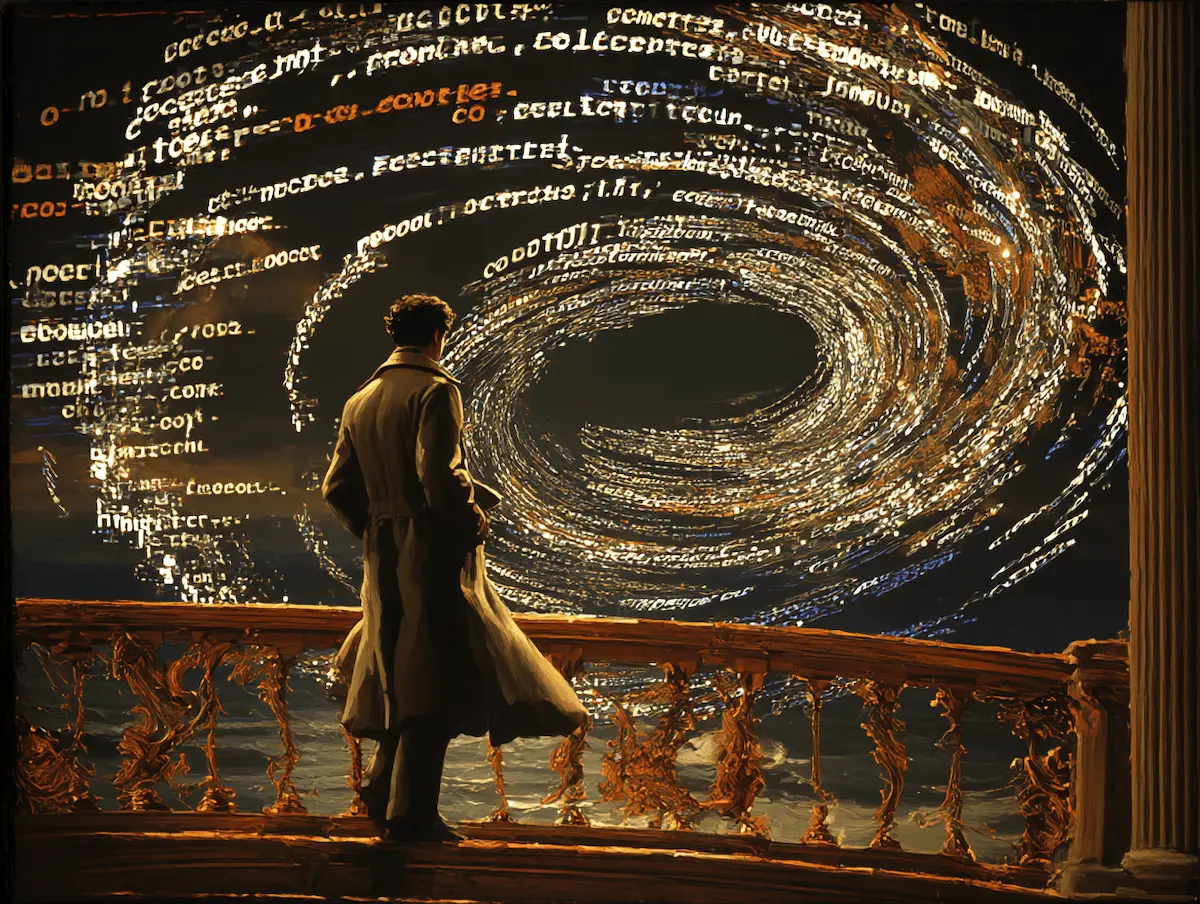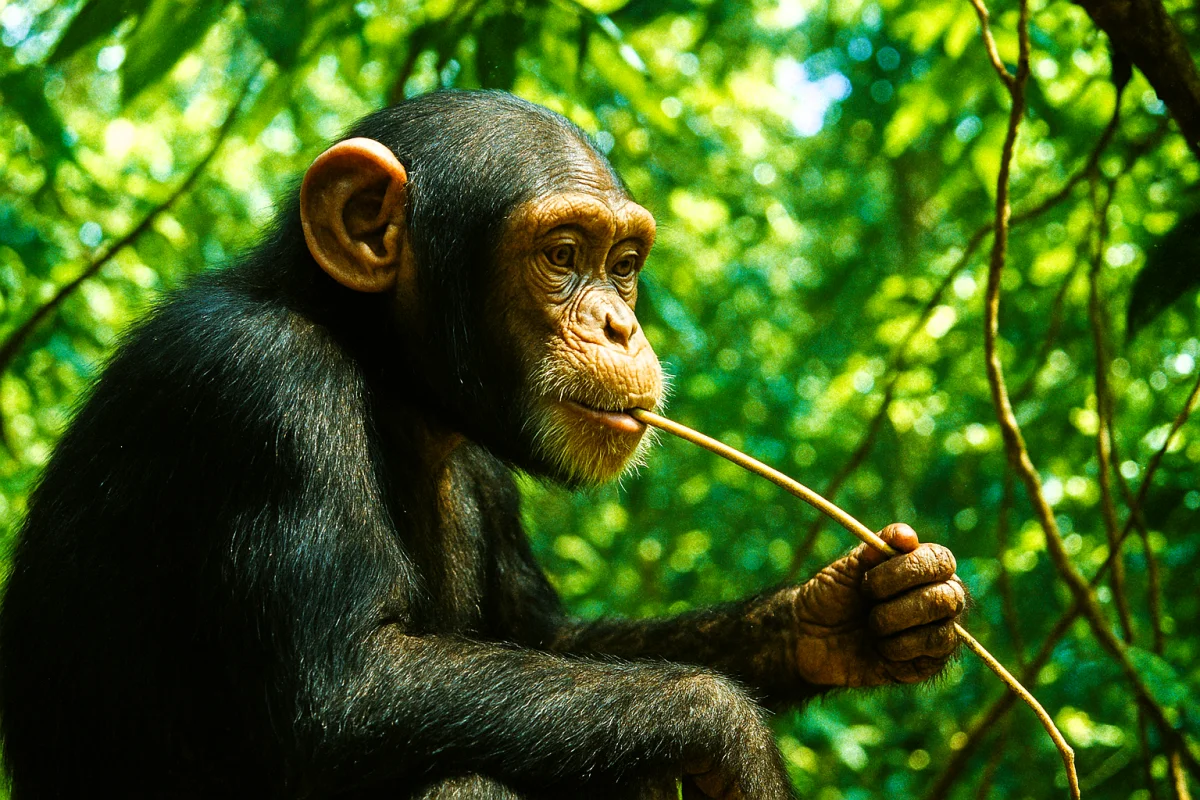What Is Artificial Intelligence — and How Does It Perceive the World?
Picture this: a person gazes into a swirling vortex of digital code — but in truth, they’re simply looking at a chat window, asking questions, and awaiting answers. Behind the screen lies a realm of algorithms, neural networks, and silent computations. This metaphor captures the strange beauty of our age, where technology reflects our thoughts back at us in real time.

Image: How Artificial Intelligence Perceives the World / ZenoFusion AI Visual / Midjourney
Artificial Intelligence — A Technology That Thinks
Artificial Intelligence (AI) is a branch of computer science that enables machines to mimic human cognition — to analyze, learn, and act. Whether it’s identifying images or translating languages, AI simulates the way people understand and respond to the world.
How Does AI Learn?
AI systems rely on neural networks — digital frameworks inspired by the structure of the human brain. These models are trained on vast examples: text, audio, images. The more data an AI sees, the better it recognizes patterns and builds internal models to solve problems.
Human and Algorithm — A New Kind of Relationship
Today, people interact with algorithms daily — from search engines to smart assistants. This relationship is shifting from tool usage to something closer to collaboration. Yet AI doesn't “think” like we do. It predicts, it builds models, it analyzes patterns — and responds with mathematical precision.
Why Understanding AI Matters
In a world shaped by algorithmic decisions, knowing how AI functions is crucial. It’s no longer just a technological achievement; it's a psychological and social phenomenon. Understanding how it interprets the world helps us maintain our role — not just as users, but as conscious participants in the digital narrative.
Conclusion
Artificial intelligence doesn't "think" — it forecasts. But those forecasts influence human reactions, decisions, and beliefs. When someone looks into a screen, they often see a reflection of themselves — a truth constructed from code. On that boundary, human and machine are slowly learning to speak the same language.
✍ Tornike – June 18, 2025
✍ Article Author
- Registered: 27 April 2025, 10:30
- Location: Georgia




 Tornike
Tornike